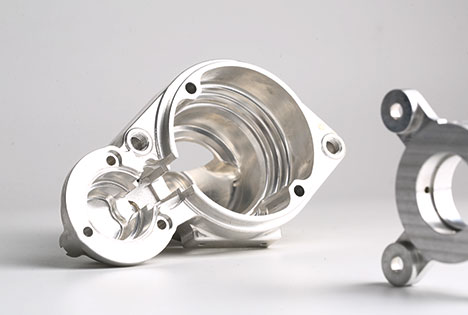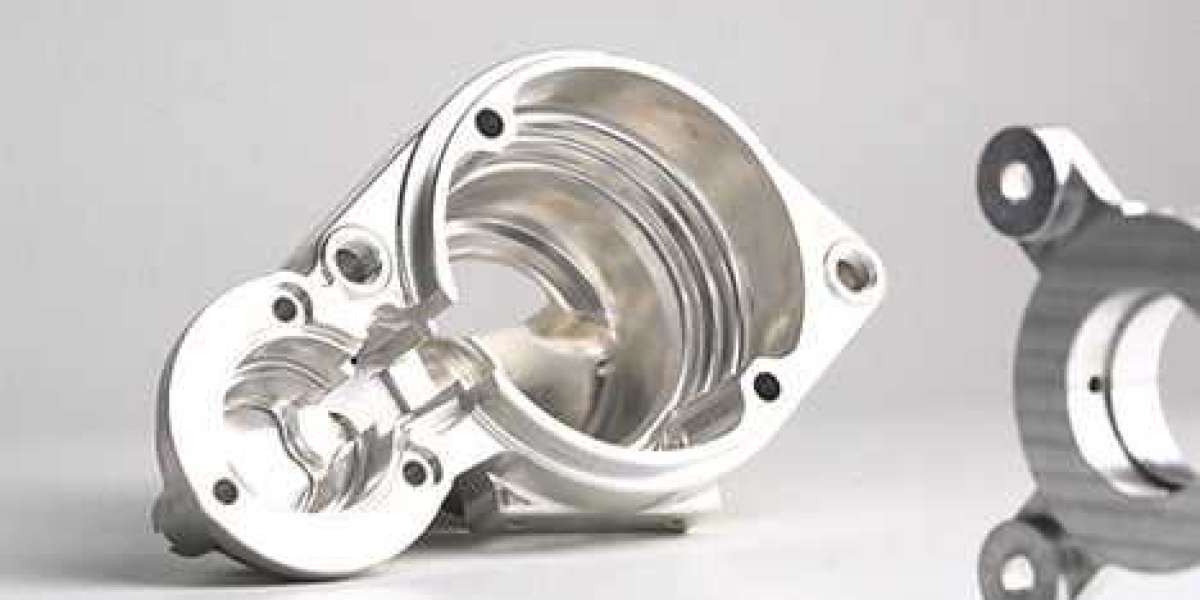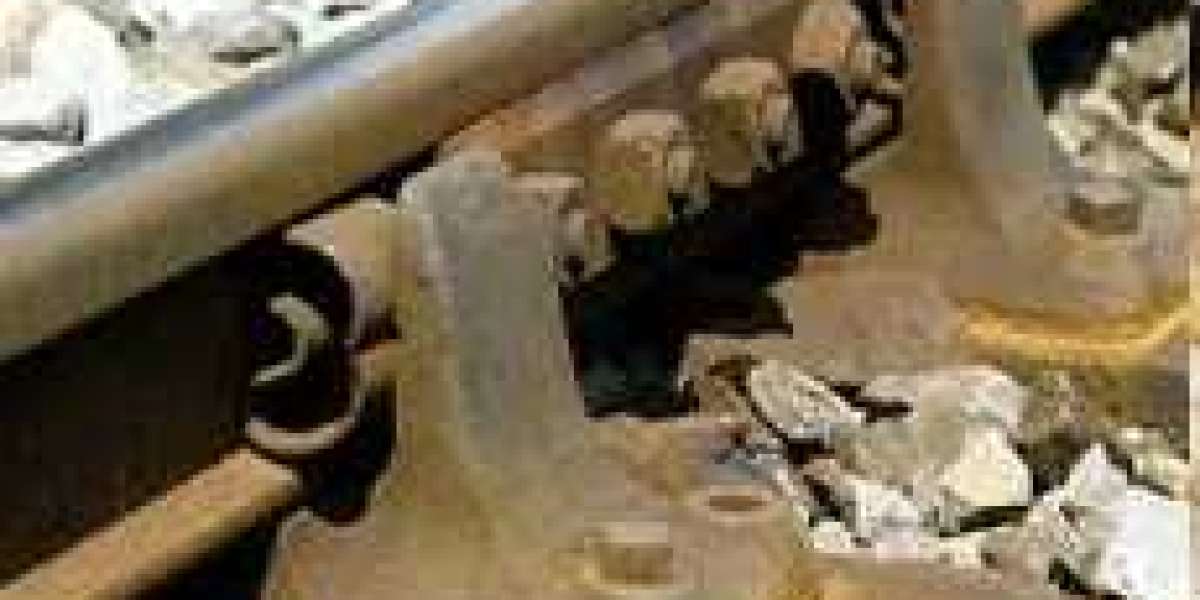The term CNC milling refers to a type of machining process that, as described in this article, is particularly well suited for the production of parts in prototypes that are both highly accurate and highly tolerant.
In order for this process to be effective, it is critical that all CNC components are in perfect working order at all times.
Machining centers that can produce parts with tolerances as tight as 0.015 inch and as wide as +/-0.001 inch can be used for a wide range of applications, depending on the application. Some machines are capable of achieving a tolerance of greater than +/- 0.0005 inch, which is considered standard in the manufacturing industry.
Operations involving CNC milling that are performed on a regular basis are referred to as "repeat operations."
Machined precision is extremely versatile, allowing it to be used in a wide variety of applications across a broad range of industries. Precision CNC machining is also extremely cost-effective due to its high level of precision. In addition to the tasks listed below, CNC milling is used for a variety of other tasks as well.
Face milling is the very first step in the process of making a mold, and it is the most difficult.
This type of milling process can be carried out by positioning the cutting tool so that its axis is perpendicular to the top of the workpiece's surface. After that, the cutting tool is rotated around the axis of rotation. Face milling cutters are employed in this procedure, which is time-consuming and necessitates a great deal of patience.

They can be used in a variety of applications due to the fact that they have teeth on both the periphery face and the tool face, which allows for greater design versatility. The teeth on the blade's periphery are used for cutting the majority of the time, and the teeth on the face are used for finishing (or polishing) the cut surface the remainder of the time.
The creation of flat surfaces and figures on the finished surface of the material being milled is the primary concern of face milling, as opposed to other milling operations, as opposed to other milling operations. When compared to other milling operations, this type of milling operation is preferred by a large majority of operators, which is a comparative advantage in the industry. CNC Machining Brass Parts has gained popularity as a result of the fact that it allows for the production of higher-quality finishes to be achieved.
Face milling is divided into two categories: side milling and end milling. Side milling is the most common type of face milling. Face milling, also known as side milling, is the most common type of face milling. Face milling can be divided into two types: side milling and face milling with a radius. Side milling is the more common type of face milling. Side milling cutters are used to complete the task, whereas end milling cutters are used to complete the task at the other end.
1. The term "plain milling" refers to a type of milling that is straightforward and easy to understand. 2.
A more formal term for this process is slab milling, which some people use instead of slab milling. In a parallel milling operation, the cutting tool axis is parallel to the top of the workpiece, and the cutting tool axis of the bottom of the workpiece is parallel to the top of the workpiece. When cutting in two directions at the same time, this is known as parallel milling or parallel cutting operation.
Ordinary milling cutters are used to complete the cutting procedure, and their design is straightforward. It is possible to choose between two different configurations of cutters: narrow and wide. In hard materials, narrow cutters are used for deep cuts because they are more precise than wider cutters when cutting into them. If the cut you intend to make is not as deep as the previous one, the wide cutters should be used instead of the narrow cutters.
Because of this, it should be noted that the type of cutter used is dependent on the specifics of the milling application that is currently being carried out. For example, the operator will be informed of the size of the cutter to be used in the operation based on the size of the workpiece and the depth of cut that is required.
After plain milling has been completed, it is possible that additional material will need to be removed from a piece of work. A coarse-toothed cutter is introduced into the process as soon as the operator notices this, which speeds up the process significantly.
Although the process is set up to run slowly, the feed rates are extremely high despite the fact that the process is configured to run slowly. Because of the introduction of the fast feed, a part that was specifically designed for a specific customer was able to be manufactured.
An even more precise and finely toothed cutter is introduced immediately after the completion of this step, in order to further improve precision even further. In order to achieve the desired results, a faster speed and a slower feed rate are typically required for this process to be completed.
The third method involves the use of an angle axis as a milling tool.
This procedure is referred to as an angle milling procedure because of the angle at which it is performed. If the cutting tool axis is set at an angle to the workpiece's top, as in radial drilling operations, radial milling operations are performed instead of drilling operations, in which the cutting tool axis is set at an angle to the workpiece's top, as in radial milling operations.
Single-angle milling cutters are employed in this process in order to achieve the desired design, with the type of cutter employed varying depending on the particular design. Serrations, chamfers, and grooves are just a few examples of the angular features that can be manufactured.
When it comes to creating dovetail joints, the term "angular milling" refers to a type of milling that is frequently used in the woodworking industry. In order to classify dovetail cutters, they are divided into three groups based on their ability to cut through the material they are intended for.
The following milling operations are all possible: form milling, gang milling, Straddle milling, gear cutting, profile milling, to name a few of the milling operations that can be performed:








